The Importance of Pilot Operated Check Valves in Clamping Operations
2024-08-12In various industrial applications, especially those involving hydraulic systems, the efficiency and reliability of clamping operations are paramount. One critical component that enhances the effectiveness of these operations is the pilot operated check valve (POCV). This blog explores the functionality, advantages, and applications of pilot operated check valves in clamping processes.
Understanding Pilot Operated Check Valves
A pilot operated check valve is a type of check valve that allows fluid to flow in one direction while preventing backflow. Unlike standard check valves, which rely solely on the pressure from the fluid to open and close, pilot operated check valves use a pilot signal to control their operation. This feature enables the valve to remain closed under certain conditions, providing a higher level of control and safety in hydraulic systems.
Functionality in Clamping Operations
In clamping operations, precise control over the movement and positioning of components is essential. POCVs play a crucial role in this process by ensuring that once a component is clamped, it remains securely in place until the operator decides to release it. This is particularly important in applications such as machining, assembly, and material handling, where any unintended movement can lead to inaccuracies or even accidents.
When a clamping operation is initiated, the hydraulic system generates pressure that opens the POCV, allowing fluid to flow and engage the clamp. Once the desired pressure is achieved, the valve remains closed, preventing any backflow of fluid. This locking mechanism ensures that the clamp maintains its position, providing stability and security during the operation.
Advantages of Using POCVs
Enhanced Safety: POCVs significantly reduce the risk of accidental release of clamped components. In high-pressure applications, the ability to lock the valve in place ensures that even if there is a sudden drop in pressure, the clamp remains engaged.
Improved Efficiency: By using a pilot signal to control the valve, POCVs allow for faster response times and smoother operation. This efficiency is particularly beneficial in automated systems where quick adjustments are necessary.
Reduced Leakage: The design of POCVs minimizes the chances of fluid leakage, which is crucial in maintaining system integrity and reducing maintenance costs.
Versatility: POCVs can be used in various hydraulic systems, making them suitable for a wide range of clamping applications across different industries.
Simplified Control: The ability to control the valve with a pilot signal simplifies the overall hydraulic circuit design, allowing for more straightforward integration into existing systems.
Applications in Industry
Pilot operated check valves are widely used in several industries, including:
Manufacturing: In machining operations, POCVs ensure that workpieces are securely held in place during cutting or drilling processes, enhancing precision and safety.
Automotive: In assembly lines, POCVs facilitate the clamping of parts during welding or fastening, ensuring that components are aligned correctly before permanent attachment.
Aerospace: In the aerospace industry, where precision is critical, POCVs are used to secure components during assembly and testing, minimizing the risk of misalignment.
Construction: POCVs are employed in hydraulic tools and equipment, providing reliable clamping for various construction applications.
Conclusion
Pilot operated check valves are indispensable components in hydraulic clamping operations. Their ability to provide secure, reliable, and efficient control over clamped components makes them a preferred choice in various industrial applications. As industries continue to evolve and demand higher levels of precision and safety, the role of POCVs will undoubtedly become even more significant. By understanding and utilizing these valves effectively, businesses can enhance their operational efficiency, ensure safety, and maintain high-quality standards in their processes.




